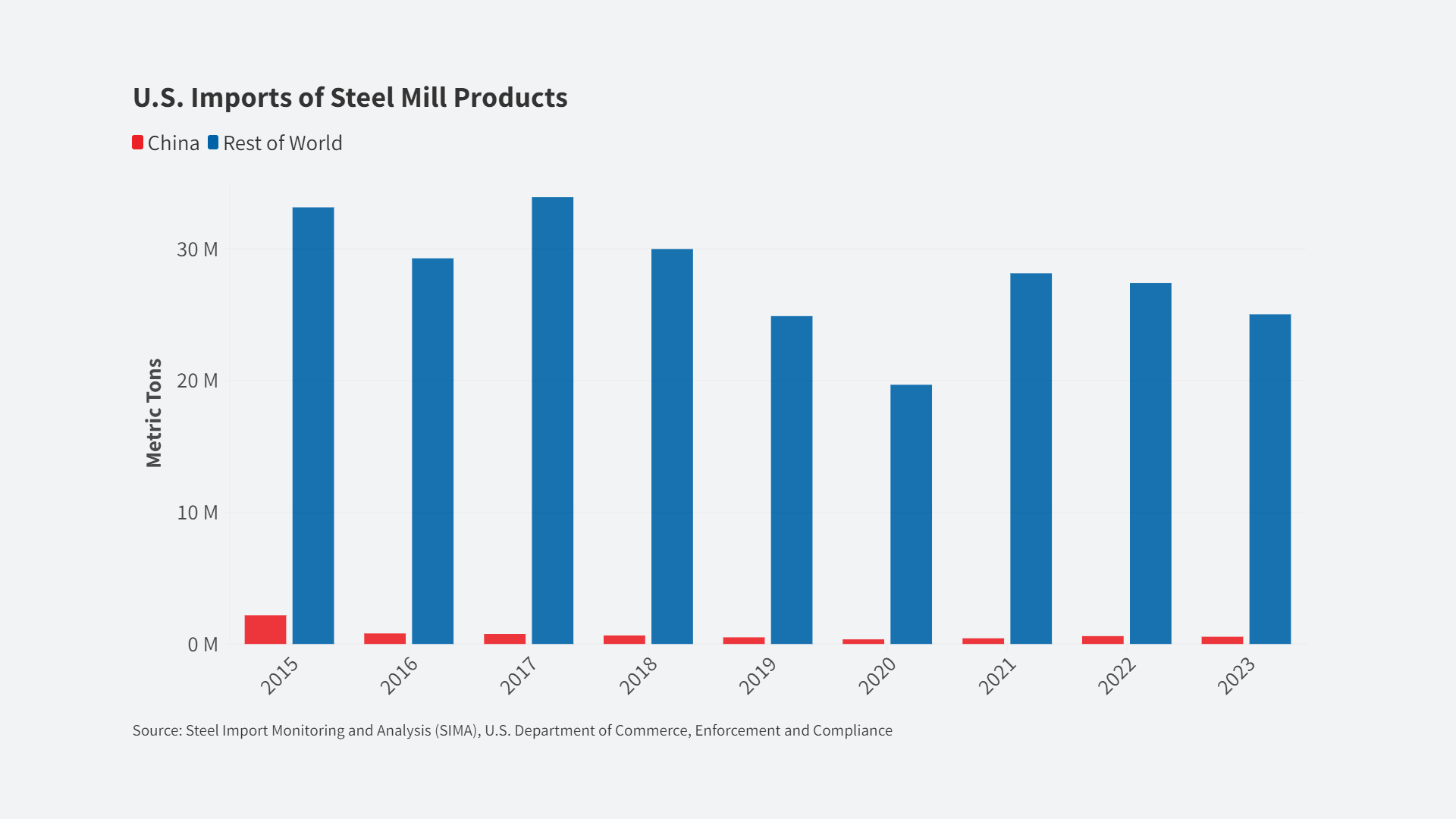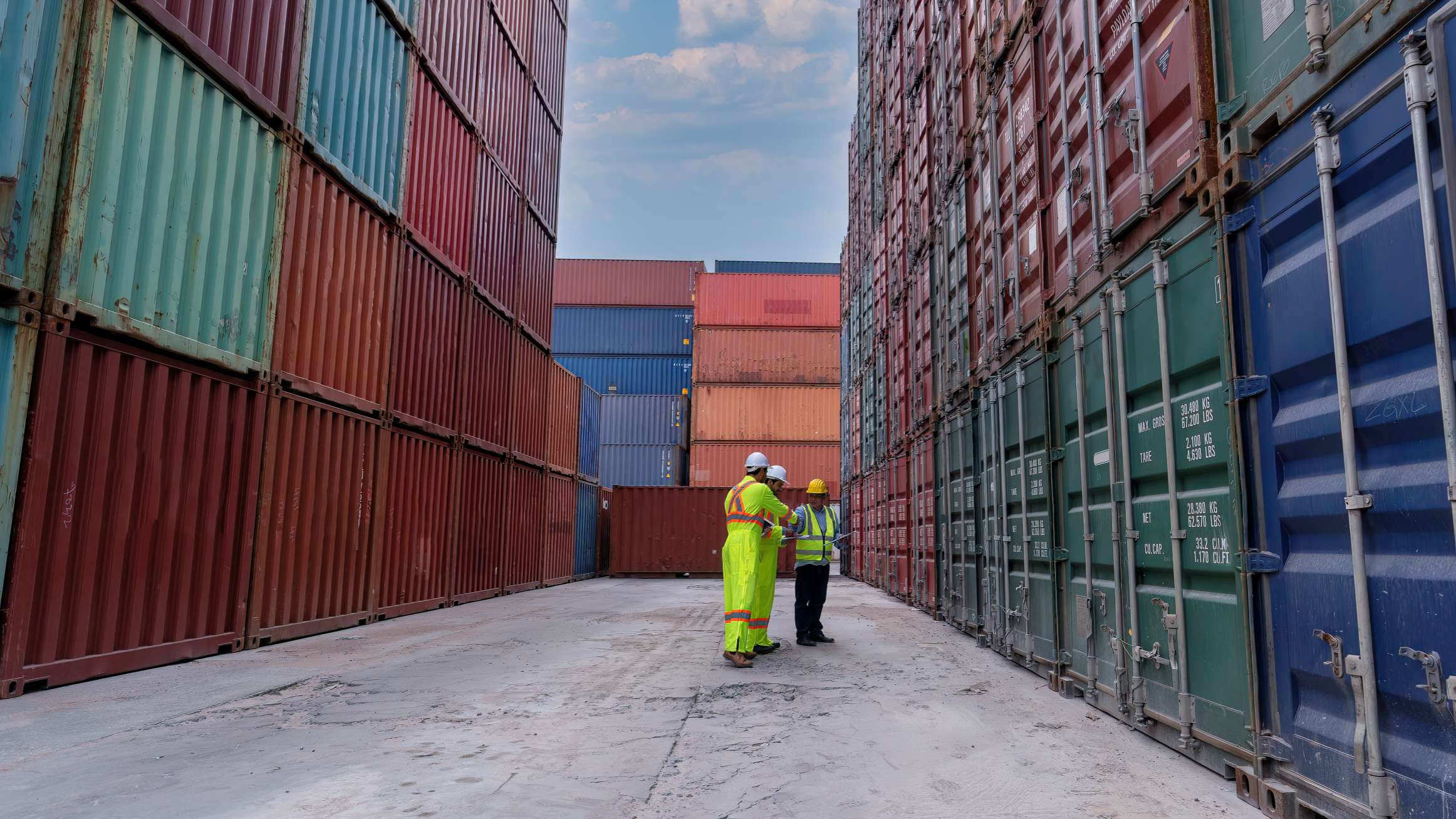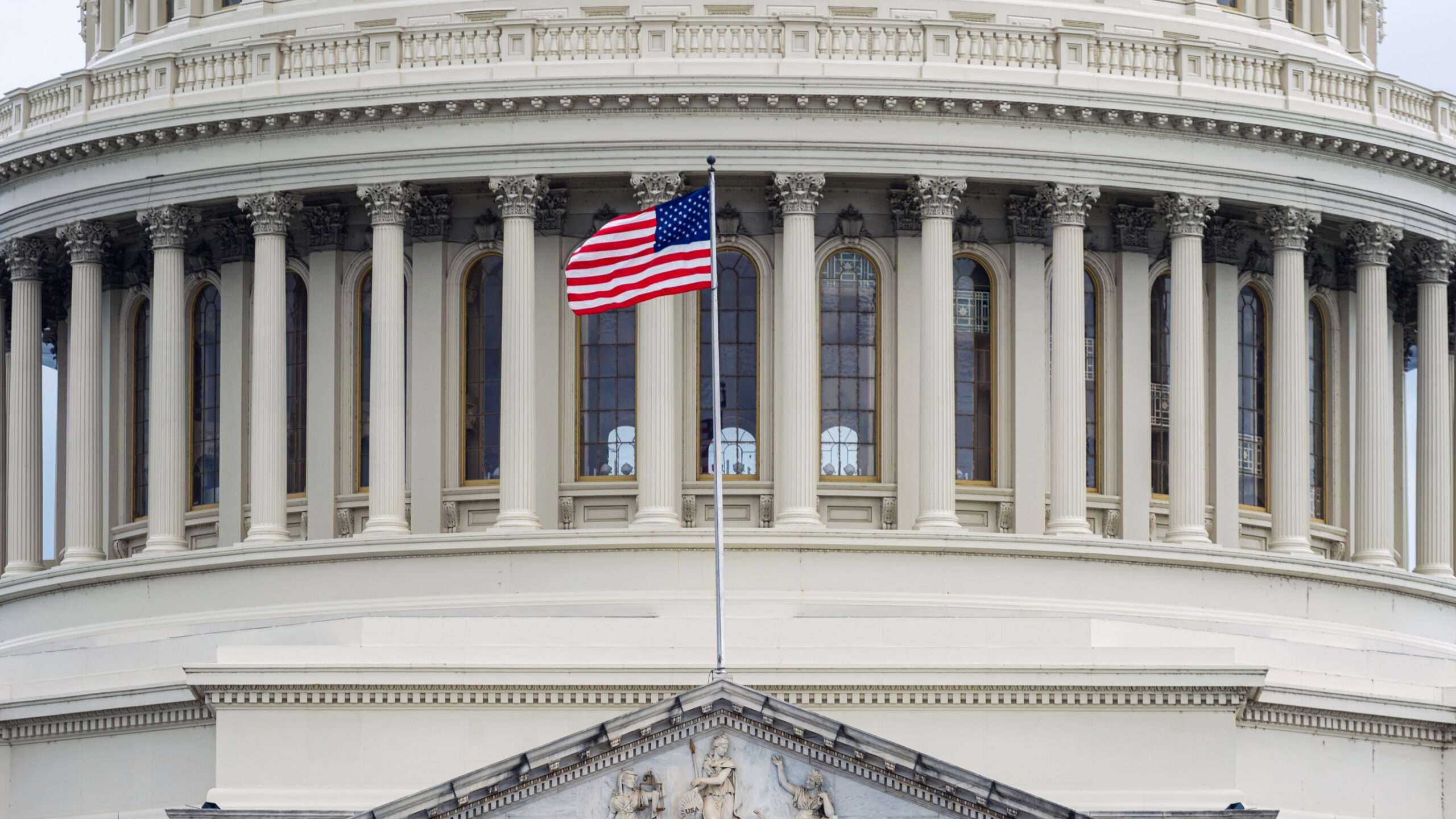
Reshoring has become a trend, not just anecdotal, as hardly a week goes by without an article about a company returning manufacturing to America in some news outlet. However, the Trans-Pacific Partnership Agreement is projected to reduce the rate of reshoring and manufacturing jobs being brought back to the U. S. Combined with the high U. S. dollar, the impact is likely to be severe.
[Reposted from savingusmanufacturing.com | Michele Nash-Hoff | June 3, 2015]
Utilization of the Total Cost of Ownership worksheet estimator developed by Harry Moser, founder of the Reshoring Initiative, has provided a method for companies to do a true analysis to be able to see that they may not be saving as much, if any, of the money anticipated by sourcing offshore because the cost savings are often outweighed by the hidden costs of doing business offshore.
Total Cost of Ownership (TCO) is “the sum of all the costs associated with every activity of the supply stream,” according to the 13th edition APICS dictionary.” However, most companies don’t look beyond quoted unit price to make decision of where to source and ignore 20% or more of the total cost of offshored products. According to the Archstone Consulting survey reported in the American Machinist Magazine July 16, 2009, 60% of manufacturers apply only “rudimentary” total cost models: Wage Arbitrage, PPV (Purchase Price Variance), and Landed Cost.
This is because in the cost accounting systems used by most corporations, transportation costs, travel costs to vendors, rework costs of defective parts, cost of inventory, etc. are in separate accounting categories. This is why it is critical that CFOs and Supply Chain managers be trained in how to use the TCO worksheet to increase reshoring. Harry Moser’s TCO worksheet is able to quantify many of the following hidden costs of sourcing offshore that are not captured by any other current method:
Currency fluctuations
Cost of managing offshore contract
Design changes
Quality problems
Legal liabilities
Travel expenses
Time and effort to make transition
Poor communication
Intellectual Property infringement
Cost of inventory
The reshoring trend has also benefited by the following changing supply chain dynamics in offshore sourcing that have occurred since 2007:
Oil prices tripled, raising logistics costs
Labor rates in China rose by 300%
Component/material prices increased
Automation increased U.S. productivity
Political instability in China – Labor riots/strikes
Exchange rate variables
Risk of disruption from natural disasters
This is why the Boston Consulting Group issued a press release May 5, 2011, stating, “We expect net labor costs for manufacturing in China and the U.S. to converge by around 2015… since wage rates account for 20 to 30 percent of a product’s total cost, manufacturing in China will be only 10 to 15 percent cheaper than in the U.S.” This prediction was very controversial at the time and generated a great deal of debate.
On October 11, 2011, the Boston Consulting Group issued a report, stating, “Seven industry sectors had reached “tipping point” of returning to U.S.”
They are:
Appliances and electrical equipment
Computer/electronics
Fabricated metal products
Electrical equipment/appliances
Furniture
Machinery
Plastics and rubber products
Transportation goods
Note: These sectors account for 70% of U.S. imports and 2 trillion in U.S. consumption
Because robotics, automation, lean manufacturing, and the rapidly improving technology of additive manufacturing have helped companies do more with fewer people, many have been skeptical that reshoring would create many jobs. The Boston Consulting Group’s predictions of which industry sectors would return to the U. S. first are now verified by data that the Reshoring Initiative has captured since its founding in 2010. This data also provides the answer to the question of how many jobs have been created by reshoring.
The Reshoring Initiative has also captured reshoring data by state. You will be surprised by some of the states that made it in the top ten because the Boston Consulting Group predicted that reshoring would mainly occur in the low wage states of the south. The data for the top ten states is shown on the chart below.
Three of these states, Ohio, Michigan, and New York are definitely not low wage states. California dropped from a rank of 10th in the number of jobs shown on the 2014 table to 12th on this new table. Frankly, if a company can reshore to California, Michigan, New York and Ohio, they can reshore to anywhere in the U. S.
According to the 2012 Annual Re-Shoring Report by the MIT Forum For Supply Chain Innovation, the top decision drivers for reshoring are: (1) Time-to-Market – 73.7% (2) Cost Reductions – 63.9%
(3) Product Quality – 62.2% (4) More Control – 56.8% (5) Hidden Supply Chain Management Costs – 51.4% and (6). Protect IP – 48.5%.
If reshoring continues to expand at its current rate, the Reshoring Initiative predicts that the $600 billion/year trade deficit would be eliminated; the U. S. economy would add 3 million manufacturing jobs while adding 9-12 million total jobs because of the multiplier effect of manufacturing jobs; reduce unemployment by 4%; cut the U.S. budget deficit by about 50%, and increase manufacturing output by 25%.
Because of my concerns about the impact of the Trans-Pacific Partnership Agreement about which I have written, I recently asked Harry Moser for his opinion on the potential effects.
He said, “We have made huge progress from around 2003 when we were losing net about 130,000 manufacturing jobs/year till 2014 when reshoring plus FDI exceeded offshoring by about 10,000 jobs. However there are still about 3 million manufacturing jobs offshored. So, reshoring is still in its infancy and is still fragile. Offshore LLC prices are still typically 25% lower than domestic prices. It is a struggle to get companies to understand that in some cases the domestic total cost is lower even though the price is so much higher. Tariffs are one of the largest, most unambiguous of the “hidden costs” that need to be quantified. TPP will reduce tariffs, making the TCO argument more difficult and less likely to suggest reshoring. This is also an especially poor time for TPP with the USD up substantially and at its highest level in several years. The combination of the high USD and TPP will reduce the rate of reshoring by a roughly estimated 20 to 50%.”
He added, “Since the U.S. is the world’s largest market, with one language and with consumers who are mainly driven by price not nationalism, ours is the target market for all offshore companies. TPP will reduce barriers to trade, making our market even more attractive. If TPP has equal percentage impacts on our imports and our exports, the result will be negative since our goods imports exceed our exports by about 40%. “
The TPP would reduce or eliminate tariffs for 11 more countries, so it will have the most impact on the companies that have reshored because of cost savings. I think Harry’s opinion that the TPP would have a 20 – 50% reduction on the rate of reshoring is conservative. This adverse effect on reshoring is one more reason why we must stop the fast track Trade Promotion Authority from being passed by the House. Now that the Trade Promotion Authority fast tracking the TPP passed the Senate, it is critical that you contact your Congressional Representative to urge them to oppose granting fast track Trade Promotion Authority for the Trans-Pacific Partnership Agreement.













